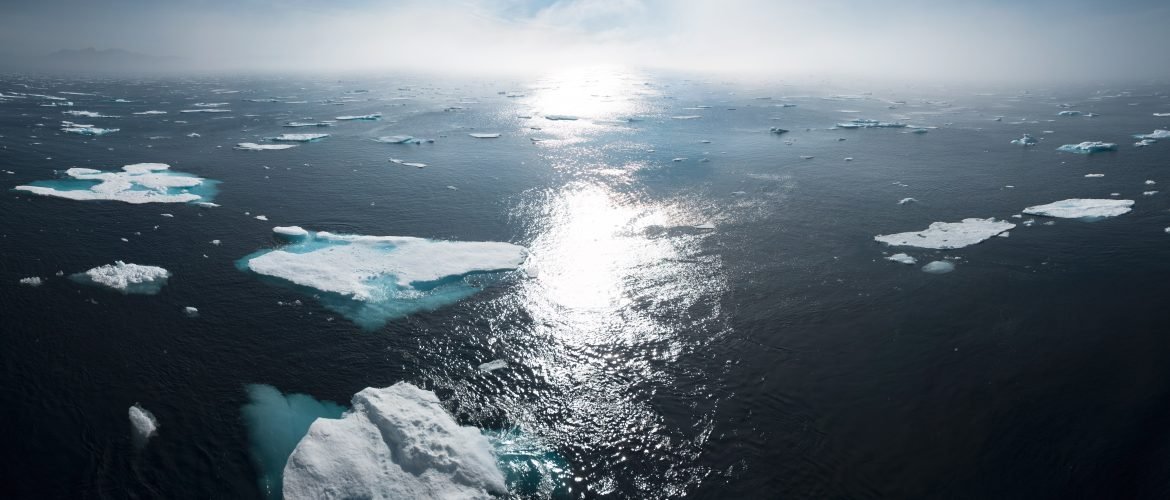You might have noticed that the air is a little bit cleaner since the COVID-19 shutdown. It’s true; measures put in place to slow the spread of the virus caused an overall slowdown in economic activity and there are fewer vehicles on the road. Some Earth orbiting satellites have observed this decrease in pollutants such as nitrogen dioxide, a gas emitted by motor vehicles, power plants, and industrial facilities.
In the second week of March, when California started adopting COVID-19 measures, the Tropospheric Monitoring Instrument (TROPOMI), a European Space Agency satellite, observed reductions in nitrogen dioxide over the state. Then during the third and fourth weeks of March, when California announced and then implemented statewide “shelter in place” orders, the satellite saw nitrogen dioxide decrease even further.
Similar satellite maps of nitrogen dioxide over China show a dropoff related to the economic showdown following the outbreak of coronavirus there. But while a decrease in pollution is definitely good news, it doesn’t mean that climate change is backing down.
Concentrations of carbon dioxide, the gas that’s most responsible for trapping heat in Earth’s atmosphere, are up from 413 ppm this time last year to 416 ppm now. That’s because on average, a carbon dioxide molecule will remain in the atmosphere for about four years. Then, when they leave the atmosphere, the carbon dioxide molecules simply swap places with carbon dioxide in the ocean, which means the extra carbon dioxide we’ve added to our atmosphere from burning fossil fuels for decades will remain in our environment for centuries.
So the current decrease in carbon pollution is a mere blip in the overall picture and the climate crisis will still be with us for a very long time.
Source: Forbes



